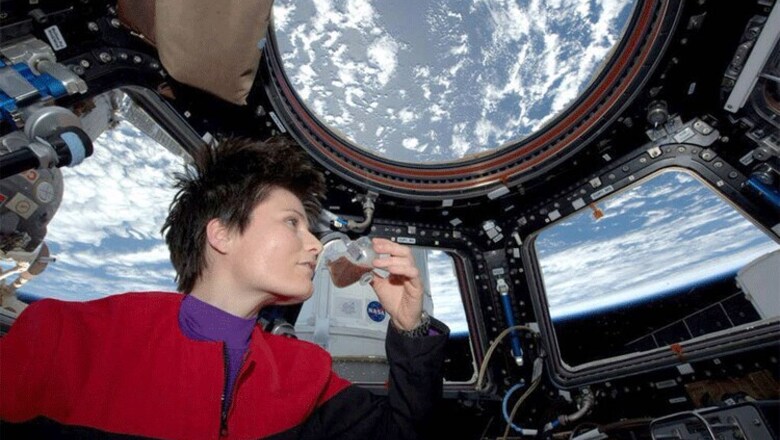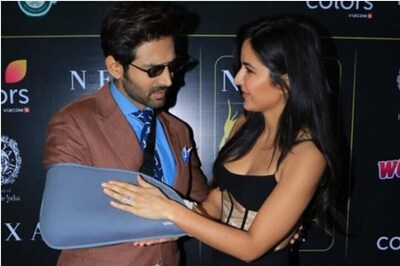
views
New York: Last year when Italy sent an espresso machine up to the International Space Station (ISS), researchers wondered how astronauts would sip their double shot espresso in a zero-gravity situation in space.
They came up with six funky-looking cups from a 3D printed transparent polymer that are making spending time in space a more enjoyable experience.
The astronauts' responses when testing out the cups range from “Hey, you can smell the coffee,” to “This is eerily like drinking on Earth”.
The uniquely-designed cups simply elicit happy eruptions of laughter because the astronauts readily confess they hadn't expected it to work.
The cup works so well that the crew is able to cruise around, do flips and even toss them back and forth -- while drinking beverages such as fruit juice, fruit smoothies and coffee.
“Wetting conditions and the cup's special geometry create a capillary pressure gradient that drives the liquid forward toward the face of the drinker,” explained Mark Weislogel, senior scientist and professor of mechanical engineering at Portland State University.
Unlike drinking a beverage from a bag, “your nose is closer to the beverage, which makes it easier to actually smell it while drinking,” he added.
An astronaut can drain the cup in sips or one long gulp in much the same manner as on Earth… without tipping their head, without gravity.
“It is a stable situation -- even though drinking scalding liquids from open containers while aboard the International Space Station is generally considered a safety concern,” Weislogel added.
Of the six cups currently aboard the orbiting laboratory, five hold 150 ml drink while the sixth is a 60 ml cup specifically intended for espresso.
The cups are complexly shaped and demonstrate that specific control of liquids can be maintained in low-gravity environments -- but with completely different fluidics principles at play than on Earth.
“We're enjoying watching the astronauts have fun, but also collecting plenty of data on large capillary interface configurations, stability, flow rates, transients, etc.," Weislogel noted.
“We have received great support for this project from US astronauts Scott Kelly and Kjell Lindgren and Japanese astronaut Kumiya Liu,” he added.
Last year, it was big news when Italy sent an espresso machine up to the ISS for Samantha Cristoforetti, an Italian European Space Agency astronaut.
This, of course, inspired a team of researchers to study the related strange fluids phenomena in low gravity -- such as espresso crema formation and settling, capillary interfaces and containment of potentially hazardous drinks within a spacecraft.
The next step for the team is to apply their knowledge of low-gravity capillary fluidics phenomena to design more reliable life-support systems for the space station and future spacecraft.
The team presented the findings at American Physical Society's 68th annual meeting in Boston, Massachusetts, this week.


















Comments
0 comment